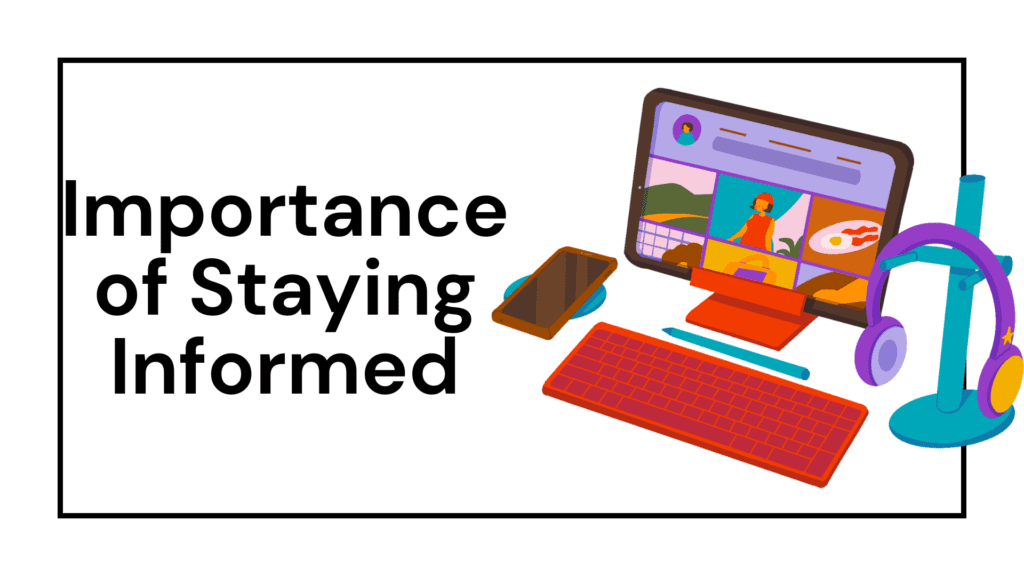| Aspect | Traditional Media | Social Media |
|---|---|---|
| Definition | Established forms of mass communication such as newspapers, television, and radio. | Digital platforms where users create and share content (e.g., Facebook, Twitter, Instagram). |
| Content Creation | Controlled by professionals (editors, journalists, broadcasters). | Created by any individual user. |
| Flow of Information | One-way communication (from source to audience). | Two-way or multi-way communication (interactive). |
| Speed | Slower, due to editorial and production processes. | Instant, real-time updates. |
| Access & Cost | Often requires subscription or hardware (TV, radio, newspaper). | Mostly free and accessible via internet-enabled devices. |
| Audience Reach | Broad but less targeted. | Highly targeted through algorithms and user preferences. |
| Regulation | Heavily regulated and monitored by authorities. | Less regulated, leading to potential spread of misinformation. |
Summary:
Traditional media is more structured, professionally curated, and one-directional, while social media is fast, user-driven, interactive, and more democratized—but also more prone to misinformation and bias.

